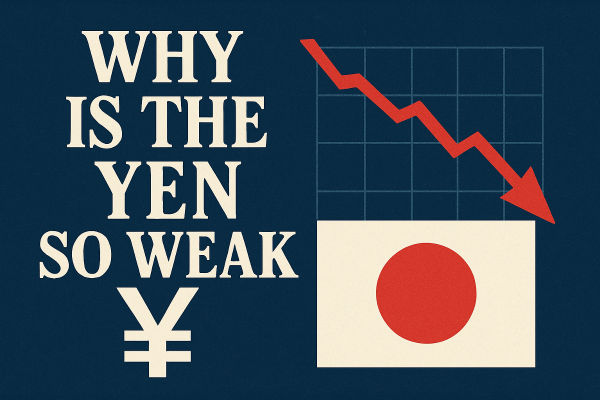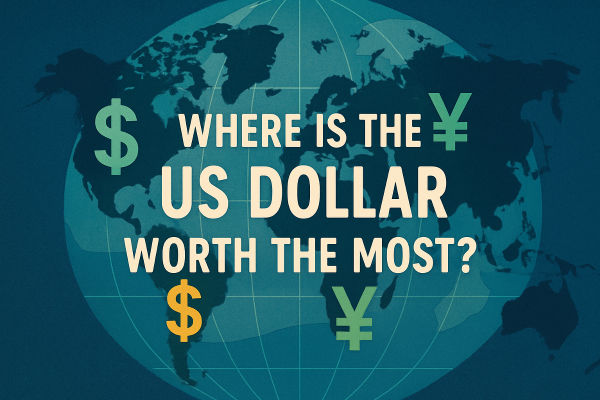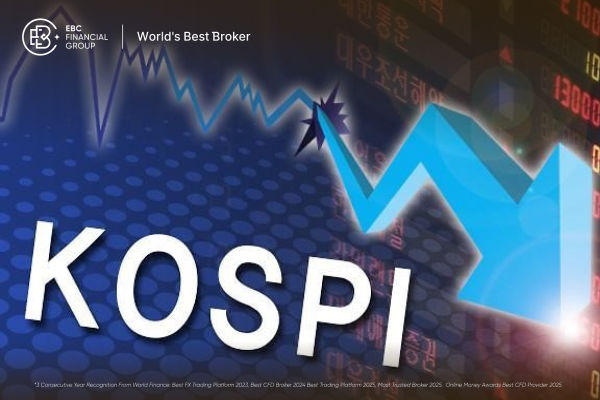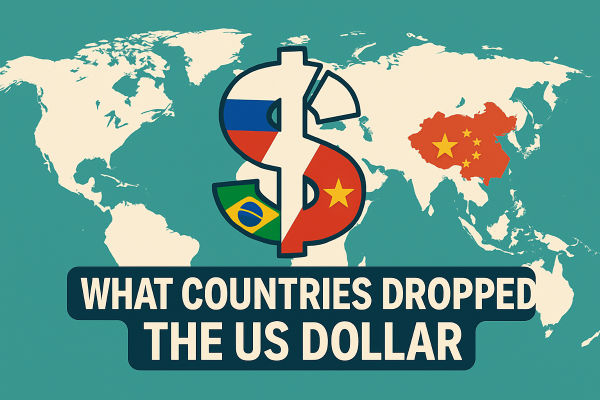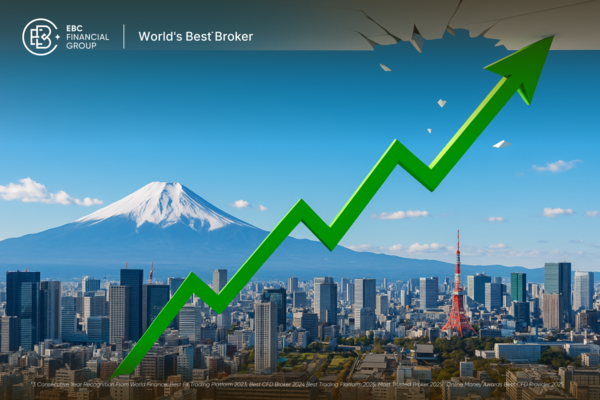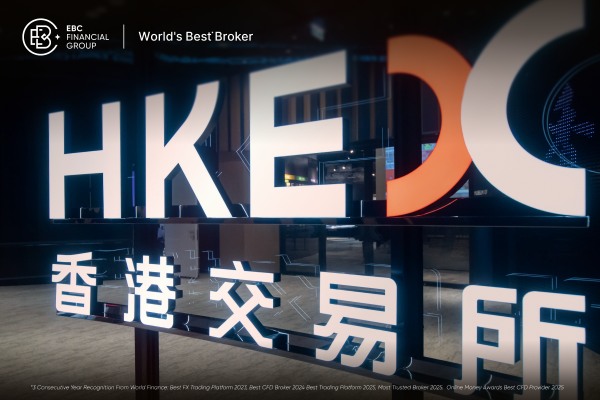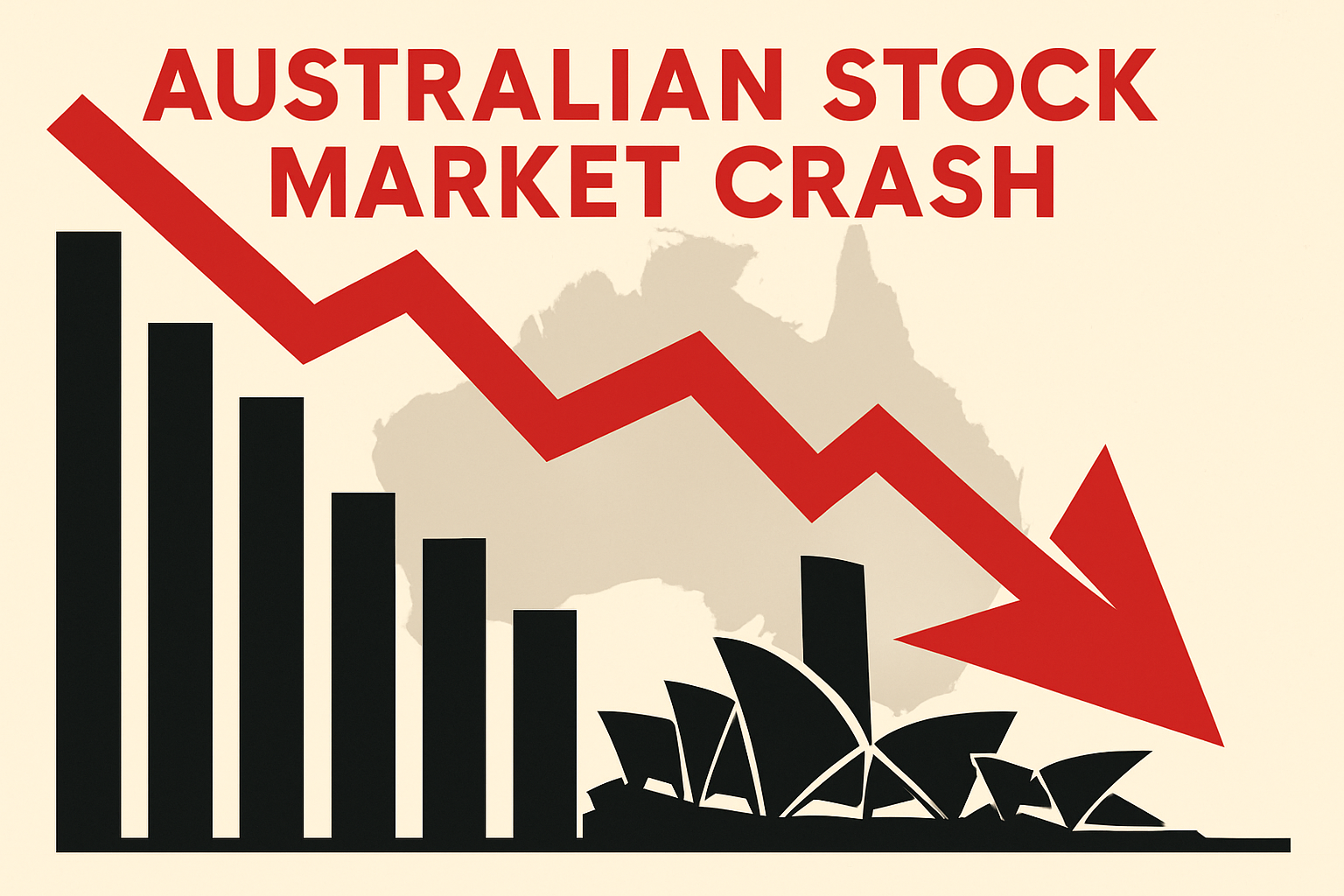As of 2025, the South Korean won (KRW) is under pressure versus the U.S. dollar, with USD/KRW remaining at around ₩1,400. Over the past 12 months, the won has depreciated by about 6.05%. However, currency weakness is rarely random.
In this article, we peel back the layers to understand why the won is sliding, what structural and cyclical pressures drive it, and what could reverse the trend.
How Weak Is the Won in 2025? 2025 Overview
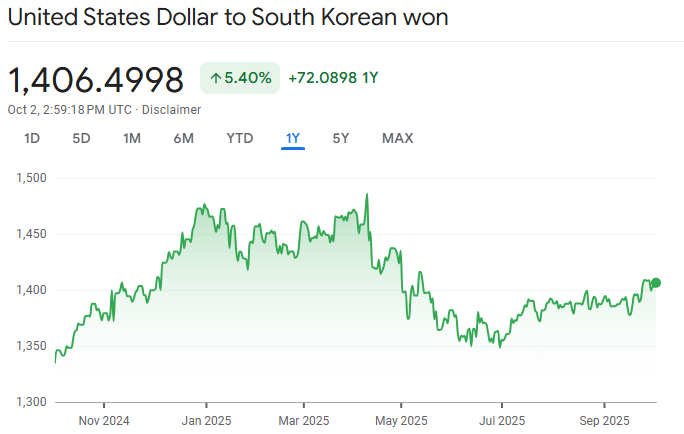
Before diving into causes, let's anchor on facts:
As of October, the USD/KRW stood at approximately ₩1,407.00.
Over the prior 12 months, KRW lost ~6% in value against the USD.
In the long term, South Korea finished 2024 with an exchange rate of approximately ₩1,472 per USD, an increase from about ₩1,288 in 2023 and ₩1,099 ten years prior.
Forecasts suggest continued pressure in 2025, with some models expecting average USD/KRW rates in the mid-1,400s.
So, the won is clearly under strain. Let's explore why.
Why Is the South Korean Currency So Weak? 9 Reasons Explored
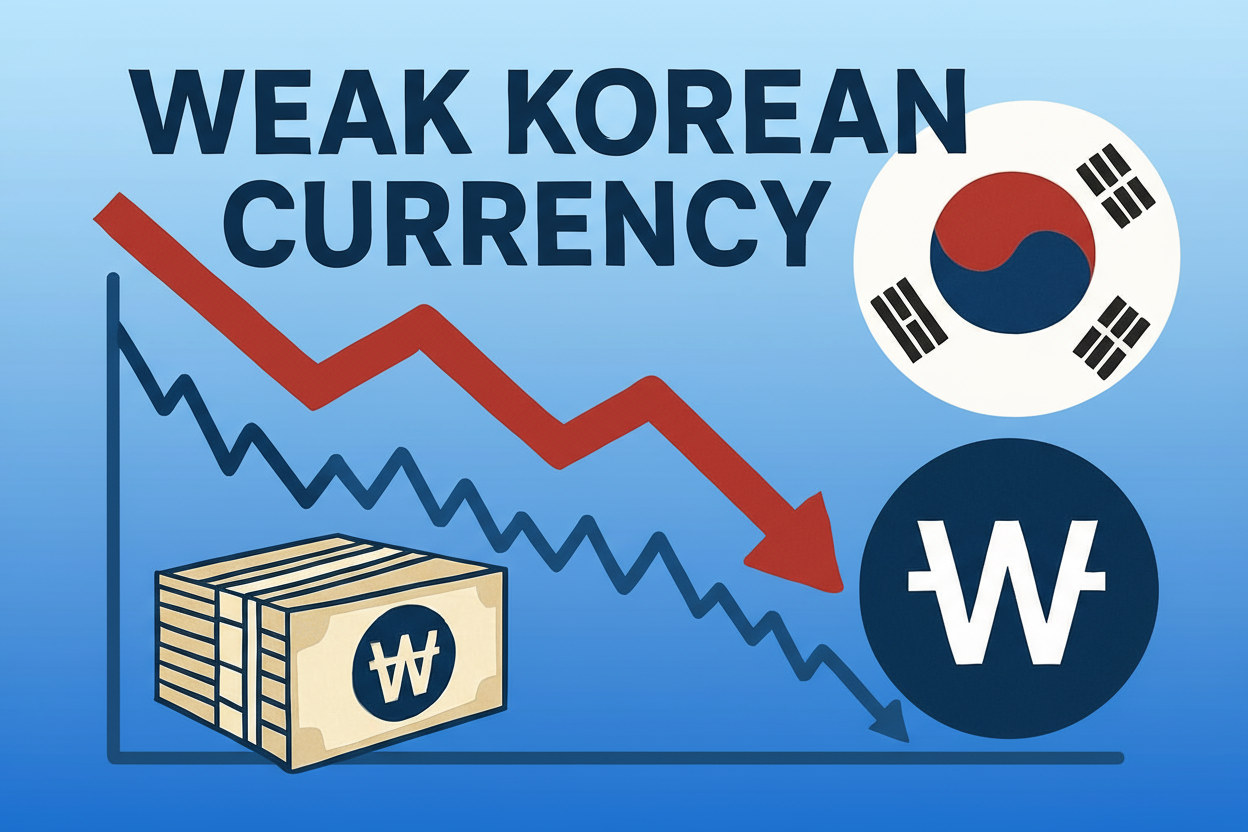
1. External Shock & USD Strength
A currency is measured against its peers. And when the U.S. dollar rallies, many emerging or export-oriented currencies suffer.
The strong dollar regime in 2025, backed by robust U.S. growth and rate differentials, has increased downward pressure on KRW.
South Korea faces susceptibility to external changes, particularly in global trade and capital movements, as its currency markets are often affected by U.S. Treasury yields and the appeal of capital.
In Q2 2025, the Bank of Korea reportedly sold a net $800 million in foreign exchange interventions to partly shore up the won. [1]
Thus, a strong USD plays a starring role in KRW's depreciation.
2. Export Weakness & Trade Pressures
South Korea is a highly export-dependent economy. If exports falter or face headwinds, the currency often gets punished.
In early 2025, exports have shown signs of weakness.
The 2025 growth forecast was revised down by South Korea, from 2.2% to 1.8%, citing weak export outlooks.
External tensions, such as tariffs and trade policy uncertainty from the U.S., raise risk premia on Korean assets and currency.
The won is often labelled "one of the weakest global currencies", given how export dependency magnifies vulnerability. [2]
When your export engine suffers, the currency often bears the brunt.
3. Domestic Economic Weakness & Growth Slump
The strength of a currency relies not only on foreign factors but also on local fundamentals.
Domestic demand in South Korea has been weak. Retail sales, building activities, and consumer spending have fallen behind, hindering growth potential.
Morgan Stanley projects only ~1.5% GDP growth in 2025, citing weak consumer spending, slowing exports, and external headwinds.
In the first quarter, Korea's economy shrank, leading officials to consider monetary easing.
The Korean government itself cut its 2025 growth forecast, indicating recognition of a domestic slowdown.
A weak economy erodes investor confidence, making the won less attractive to hold.
4. Monetary Policy & Interest Rate Differentials
Differences in interest rates can attract capital or discourage it.
Market analysts anticipate that the Bank of Korea will relax its policy, with a 25bps rate reduction expected, in response to slow growth and inflation.
As Korea's monetary stance softens relative to the U.S., Korean assets yield less on a relative basis, disincentivising foreign capital.
Lower rates help stimulate domestic activity, but they also risk capital outflows and currency weakening.
5. Political Risk & Policy Uncertainty
Political and structural uncertainties have also negatively impacted the won.
Political instability and policy turbulence following the transition to President Lee Jae-Myung raise uncertainty.
Some analysts believe tariff and trade threats from the U.S. have deterred foreign investor sentiment toward Korea.
Korea's focus on exports indicates that any policy error or unexpected regulation can lead to swift changes in perceptions and capital movements.
When politics makes markets nervous, currencies often suffer.
6. Capital Outflows & Foreign Investor Sentiment
A weakening currency often reflects capital leaving the country or a reluctance to invest domestically.
A weaker won reduces returns for foreign investors in KRW-denominated assets, making them less willing to hold exposure.
In early to mid-2025, foreign inflows into Korean equities have supported sentiment, but currency weakness could erode that edge. [3]
The interest from domestic Korean investors in dollar-denominated assets also strains forex liquidity.
When money flows out faster than it flows in, the currency feels the stress.
7. Structural Constraints & Competition
Certain weaknesses are ingrained due to structural or competitive elements.
Significant reliance on exports, strong rivalry from Chinese manufacturers, and grouped vulnerability in electronics, shipbuilding, etc.
High household debt, an ageing population, and demographic challenges restrain domestic growth and stability.
The dominance of large conglomerates (chaebols) can stifle innovation, diversification, and flexibility.
Structural weaknesses amplify cyclical ones, making downward pressure more persistent.
8. Currency Intervention, Policy Limits & FX Reserves
The central bank can intervene, but has limitations. For example:
The Bank of Korea has intervened in FX markets (e.g. net USD sales in Q2 2025) to ease depreciation.
However, the U.S. and Korea agreed recently to avoid targeting exchange rates for trade advantage, limiting intervention to "volatility control" only.
That reduces the central bank's leeway for sustained defence of the won.
Thus, central intervention may act as a short-term dam, but not a lasting fix.
9. Market Sentiment & Safe-Haven Flows
In times of global stress, the won competes for capital with perceived safer currencies.
Risk-off episodes tend to push money toward safe-haven currencies, weakening the won by correlation.
From time to time, the won has been pegged among Asian currencies as one of the weaker ones in sentiment rankings.
In turbulent times, the winner often becomes a victim of "flight to safety."
What Pushes the Won Higher vs What Pushes It Lower
| Pushes won higher |
Pushes won lower |
| Strong export growth and tech demand |
Strong U.S. growth and yield advantage |
| BOK tightening or credible FX defence |
BOK easing, weaker local growth |
| Large FDI inflows or portfolio inflows |
FPI outflows and capital repatriation |
| Improved geopolitical risk sentiment |
Trade friction / tariff headlines |
Expert Forecasts & Outlook for the Won
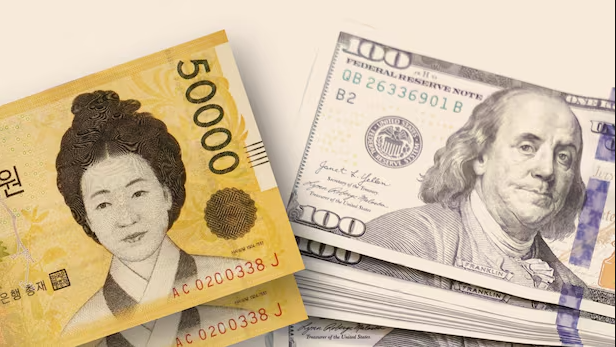
Where might the won head from here?
Consensus: Many market trackers foresee continued pressure through 2025 absent a meaningful rebound in exports or a faster Fed pivot.
What to watch for authoritative updates: FocusEconomics consensus surveys, IMF WEO country updates, and central-bank commentary from the Bank of Korea.
Frequently Asked Questions
1. Why Is the South Korean Won Weak in 2025?
The won has weakened due to a strong U.S. dollar, higher U.S. interest rates compared to Korea, slower export growth, and ongoing geopolitical risks concerning North Korea and regional trade.
2. How Do U.S. Federal Reserve Policies Affect the Korean Won?
When the U.S. Fed raises interest rates while the Bank of Korea holds or cuts rates, capital tends to flow into the U.S. for higher returns, pressuring the won to weaken.
3. Is South Korea's export slowdown causing currency weakness?
Yes. South Korea relies heavily on exports (especially semiconductors, autos, and shipbuilding). A global slowdown in demand has reduced dollar inflows, making the won weaker.
4. Does China’s Economy Impact the Korean Won?
Absolutely. China is South Korea's largest trading partner. When China's growth slows or its yuan weakens, the won often follows due to trade and financial linkages.
5. Will the Korean Won Recover in 2025?
Analysts expect a partial recovery if U.S. rate cuts materialise in late 2025 and global demand for Korean exports rebounds. However, recovery may be gradual rather than sharp.
Conclusion
In conclusion, the won's weakness in 2025 is not a single-factor story; it's the result of external pressures (USD strength, yields), domestic softness (exports, growth), and capital-flow dynamics.
Reversal will require multiple policy and macroeconomic wins, such as firmer global demand, narrower interest differentials, and renewed investor confidence.
Disclaimer: This material is for general information purposes only and is not intended as (and should not be considered to be) financial, investment or other advice on which reliance should be placed. No opinion given in the material constitutes a recommendation by EBC or the author that any particular investment, security, transaction or investment strategy is suitable for any specific person.
Sources
[1] https://www.reuters.com/world/asia-pacific/bank-korea-sold-net-800-million-fx-intervention-q2-2025-09-30/
[2] https://www.businesskorea.co.kr/news/articleView.html?idxno=237158
[3] https://www.koreatimes.co.kr/economy/20250925/weakening-korean-won-feared-to-dampen-foreign-stock-investment









